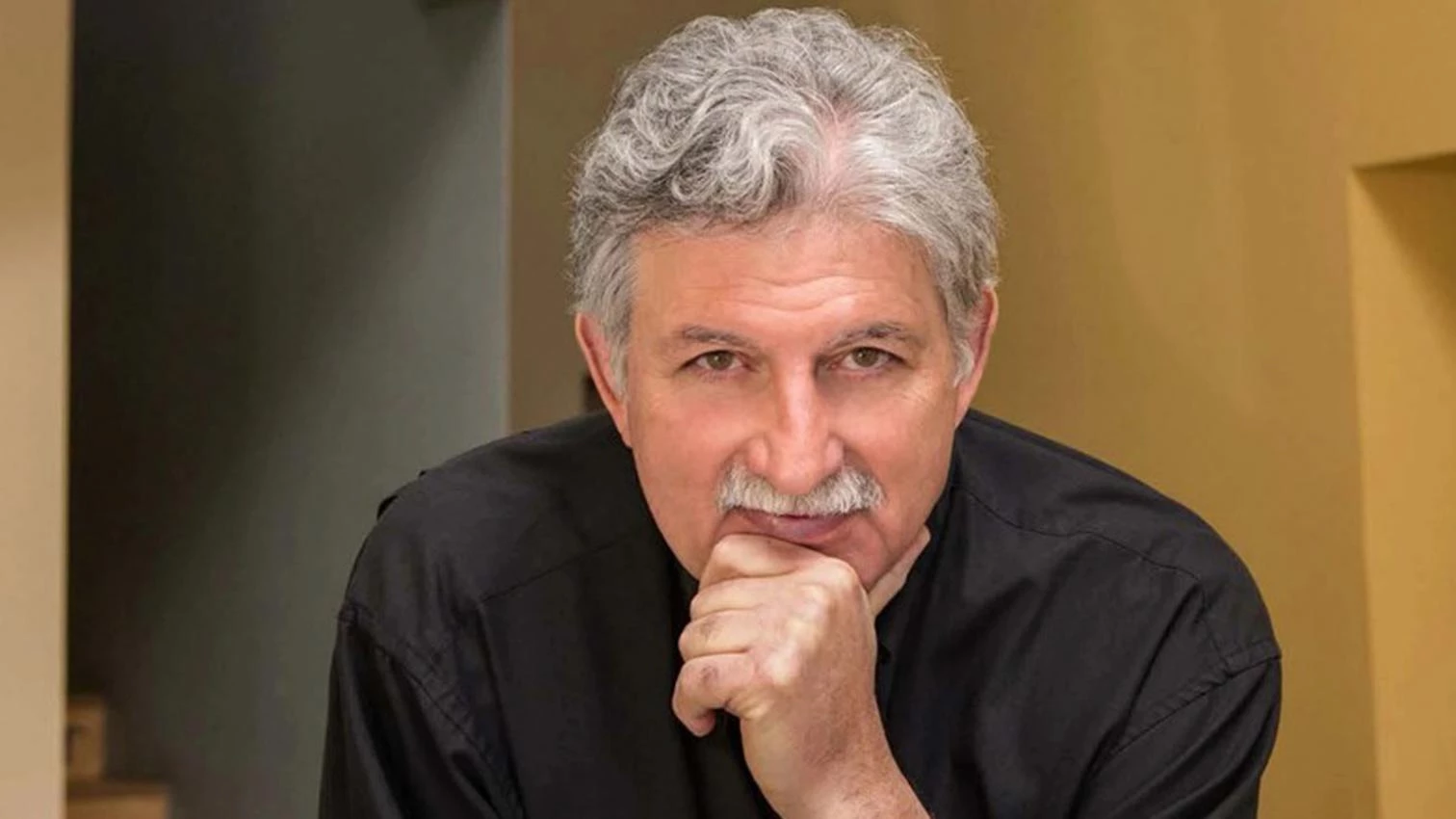
Edward Mazria
Echoing the environmental sensitivity that defines our Anthropocene times, the American Institute of Architects pinned its gold medal on Edward Mazria, a benchmark of what we call “sustainable architecture.” Born in New York in 1940, Mazria earned his degree from Pratt Institute in 1963 before spending two years in the Peace Corps in Peru; an experience which proved essential to his career, opening his eyes to architecture’s social and ecological dimensions. In 1973 he began his inquiries into architecture and renewable energy sources, and went on to develop them in several American universities and apply them to a number of important buildings, among them the most acclaimed works of his career: the Museum of Indian Arts & Culture in Santa Fe (New Mexico), and the painter Georgia O’ Keefe’s estate, Sol y Sombra. In spite of the quality of his architecture, Mazria gave up professional practice in 2006 to devote himself body and soul to Architecture 2030, a foundation committed to the fight against climate change, as well as to follow through on initiatives launched within the AIA in the matter of sustainability and environmental management.






